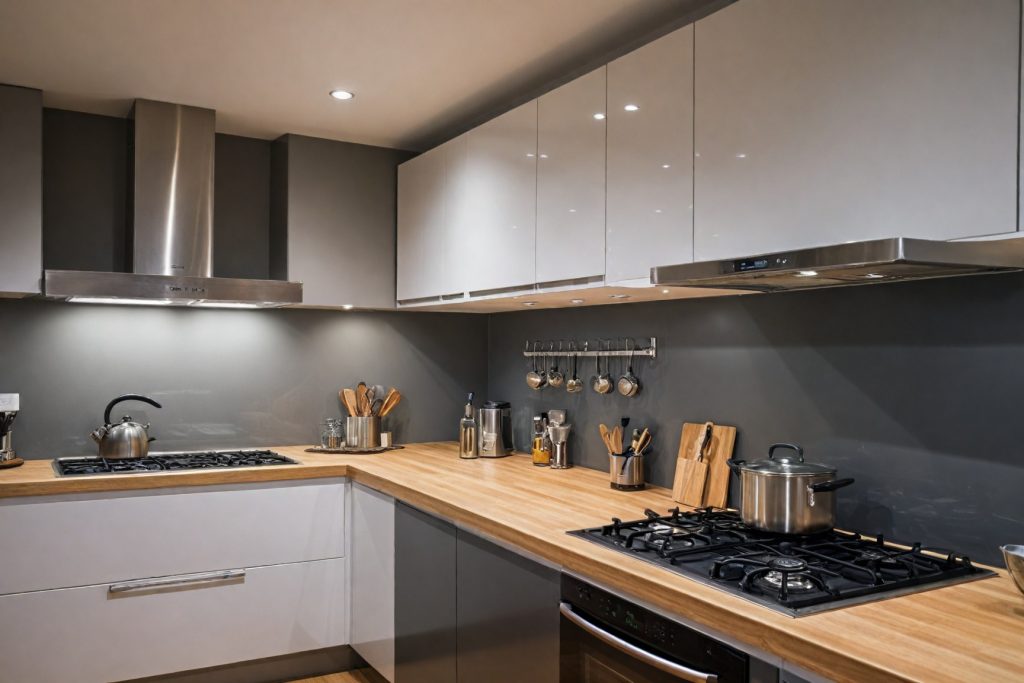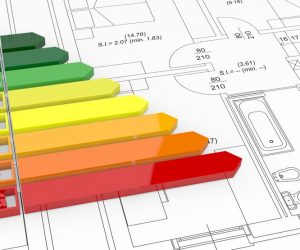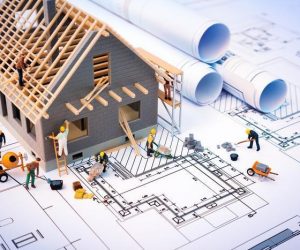Maximizing Kitchen Efficiency: Recirculating Hoods vs. Direct Exhaust Ventilation

In today’s world, energy efficiency and sustainability are at the forefront of every homeowner’s mind. When designing or upgrading a kitchen, choosing the right ventilation system is crucial for maintaining indoor air quality and reducing energy consumption. Two primary options are available: recirculating hoods and direct exhaust ventilation. Both have their merits, but understanding the differences can help you make an informed decision that aligns with your energy modelling and sustainability goals.
What is a Recirculating Hood?
A recirculating hood, also known as a ductless hood, is a kitchen ventilation system that filters the air and recirculates it back into the room. Here’s how it works:
- Air Intake: The hood draws in cooking fumes, smoke, and grease.
- Filtration: The air passes through multiple filters:
- Grease Filters: These capture grease particles and are typically made of metal or mesh.
- Charcoal/Carbon Filters: These absorb odors and smoke, ensuring the air is purified before it re-enters the kitchen.
- Air Recirculation: The filtered air is then expelled back into the kitchen.
Advantages of Recirculating Hoods:
- Easy Installation: Without the need for external ductwork, installation is straightforward and cost-effective, making it ideal for apartments or retrofitting.
- Flexible Placement: Can be installed almost anywhere in the kitchen.
Disadvantages of Recirculating Hoods:
- Regular Maintenance: Filters require frequent cleaning or replacement to maintain efficiency.
- Less Effective: Compared to direct exhaust systems, they are less effective at removing heat, humidity, and airborne particles.
- Noise Levels: The recirculation process can be noisier.
What is Direct Exhaust Ventilation?
Direct exhaust ventilation, also known as ducted hoods, expels kitchen air to the outside through a duct system. Here’s how it works:
- Air Intake: Similar to recirculating hoods, they draw in cooking fumes, smoke, and grease.
- Filtration: The air passes through a grease filter to capture grease particles.
- Exhaust: The filtered air is expelled outside, effectively removing contaminants from the kitchen.

Advantages of Direct Exhaust Ventilation:
- Highly Effective: Superior at removing heat, moisture, odors, and airborne particles, thus maintaining better air quality.
- Quieter Operation: Often quieter since the noise can be directed outside.
Disadvantages of Direct Exhaust Ventilation:
- Complex Installation: Requires extensive ductwork, which can be complicated and expensive.
- Location Constraints: Limited to areas where duct routing is feasible.
The Challenge of Airtight Homes
For new airtight homes, an additional consideration is necessary when using direct exhaust ventilation: make-up air. Airtight homes have low infiltration rates, meaning they don’t naturally allow outside air to replace the air expelled by the ventilation system. As a result, a make-up air fan is often required to provide the necessary air.
Implications of Make-Up Air:
- Increased Heating Demand: The make-up air needs to be heated, which can increase the home’s space heating demand and overall energy consumption.
- Penalized Energy Efficiency: This additional heating demand can impact the project’s energy consumption, counteracting the benefits of an airtight design.
Advantages of Recirculating Hoods in Airtight Homes
In airtight homes, especially in Passive House projects with stringent low space heating and energy requirements, using a recirculating hood can be particularly advantageous:
- No Need for Make-Up Air: Since the air is filtered and recirculated back into the kitchen, there is no need to bring in and heat outside air.
- Lower Heating Demand: This reduces the space heating demand and helps maintain a lower overall energy consumption.
- Sustainability Benefits: By minimizing the need for additional energy for heating, recirculating hoods can support sustainability goals more effectively.
Choosing the Right System for Your Kitchen
When deciding between a recirculating hood and direct exhaust ventilation, consider the following factors:
- Energy Efficiency: Direct exhaust systems tend to be more energy-efficient in conventional homes but may require additional energy for heating make-up air in airtight homes.
- Sustainability Goals: If sustainability is a priority, consider the long-term impact of filter replacements and the energy consumption of each system. Recirculating hoods might align better with sustainability practices, especially in airtight homes.
- Installation Constraints: Evaluate your kitchen layout and the feasibility of installing ductwork. For some homes, a recirculating hood might be the only viable option.
By understanding the differences between recirculating hoods and direct exhaust ventilation, you can make an informed choice that enhances your kitchen’s functionality while supporting your energy modelling and sustainability goals. Choose wisely to ensure a healthy, efficient, and eco-friendly kitchen environment.




